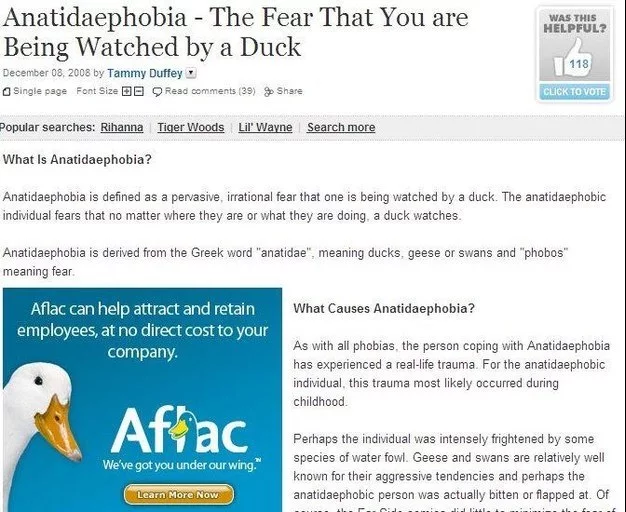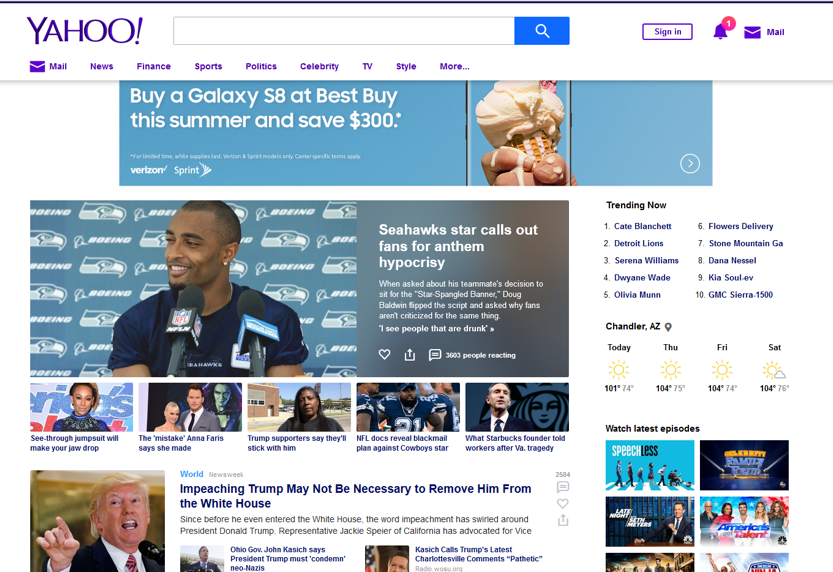For years, the mainstream digital advertising marketplace has maintained a “set it and forget it” mentality. A digital marketing manager could click a few buttons to block some obviously undesirable content, post his or her clients’ ads, and start analyzing results. And, until recently, few would debate the value of seeing their ads on key pages of major news and portal sites such as CNN.com, foxnews.com, msn.com, and yahoo.com. However, advertising placement across the digital realm is becoming trickier than ever before, in light of the 45th President of the United States.
It Doesn't Pay to be Everywhere – Even When You Pay to be There
Think about how fast the landscape changed throughout the 2016 election cycle. Major brands began to see a rise in content across news and other sites that could cast a negative shadow over their products and services. This growing concern reached a fever-pitch in late March when major advertisers such as Starbucks, PepsiCo, Walmart, AT&T, and Johnson & Johnson pulled ad dollars from Google and YouTube.com because their ads were appearing next to controversial content.
Now, major brands, million dollar budgets, and a volatile social and political climate are redefining what’s considered “sensitive content,” elevating concerns about where ads can appear.
Our own Paid Search Strategist, Aaron Turkle, says that “there has always been some potential issues with placements,” referencing the infamous Aflac ad placed on story about Anatidaephobia. “The current environment just pushes it over from being potentially funny to the kinds of backlash that occurred with the placements on Breitbart, etc.”

At last count, more than 2,600 brands have blocked their ads from appearing on Breitbart.com, from big names like Zappos, REI, Turbo Tax, and Visa, to web mammoths like Vimeo, Uber, Spotify, and Salesforce.
Brands are now forced to decide if the prestige of being on certain sites and the exposure to those highly desirable consumer audiences is worth the risk of their brand safety. An ad could appear next to content the C-Suite may disagree with, or that paints a negative brand image in the eyes of consumers.
For example, recently, Samsung Galaxy S8 had a nice banner on top of the yahoo.com home page featuring an ice cream cone. Innocent enough, right? However, when you glance down the page, the two top stories center around highly controversial and politically charged content.

Obviously, Samsung is not endorsing anything on the page itself. However, it can easily be found guilty by association. Considering that many of today’s consumers are looking to support brands that share similar world views, the unintended damage could be devastating.
Brand Safety Considerations
In many cases, leveraging negative keywords to help avoid specific content types can work to ensure your brand safety. However, how far is too far? For example, do you add "Trump" or “president” as a broad negative, or focus in more on specific controversial things? Keep in mind that a story about Trump golfing could be a perfect placement for a golf club or resort ad.
On the other hand, one could leverage the likelihood that political news will be on the same page as their ad and target it specifically. Build display assets that speak to the political environment. Breaking up an emotion stirred with content by delivering a distraction and/or more positive messaging could paint your brand in a positive light. Of course, only so far as this messaging still aligns with your overall brand tone and personality.
Drawing a line in the sand may be a never-ending journey. Creative ideation in a complex marketplace is more vital than ever before, which makes working with a group of savvy digital minds simply a great idea, again.
